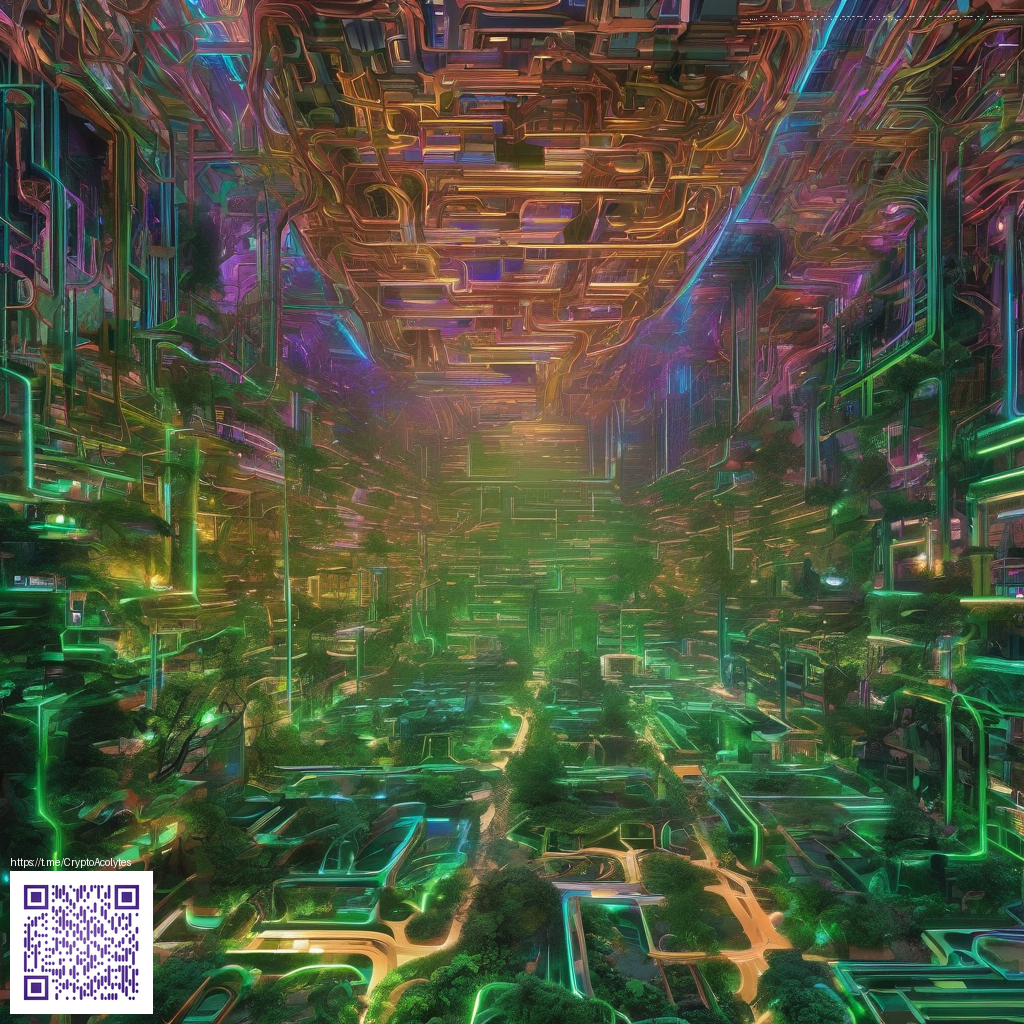
How Horror Game Soundtracks Elevate the Nightmarish Experience
From the moment the first note drifts in, a horror game's soundtrack does more than set mood—it primes your body for the unknown. The creak of a floorboard, a distant chime, or a low bass rumble can accelerate your heartbeat and sharpen your focus in ways visuals alone cannot. Good sound design creates a perception of space: a hospital corridor becomes longer, a cellar deeper, and a forest more alive with unseen watchers.
Composers approach fear through texture, cadence, and silence. Some lean into ambient soundscapes that breathe with you; others sprinkle sudden stings of dissonance to disrupt expectations. The best tracks are modular—able to be woven into tense exploration or a frantic chase without feeling gimmicky. This flexibility makes them almost as important as the mechanics themselves, shaping how you experience every jump-scare and discovery.
Top compositions that defined fear and linger long after the credits
- Silent Hill 2 — Akira Yamaoka’s score is a study in restraint, with foggy, metallic textures and melancholic melodies that cling to memory long after you’ve turned off the game. The music doesn’t shout; it whispers dread into your ears.
- Outlast — The soundtrack uses industrial hums and sudden stings to mask your sense of safety, turning mundane corridors into pressure cookers where every noise could be the threat you fear.
- Resident Evil 7: Biohazard — A blend of brutal ambience and surgical precision, its audio design places you in a fixed perspective of vulnerability, where the creak of wood and heartbeat become your constant companions.
- Amnesia: The Dark Descent — Minimalist piano motifs and cold atmospherics create a sense of isolation that makes every footstep feel personal and every shadow a potential danger.
- Bloodborne — While not purely horror, its orchestral dread and choir textures drive a relentless, gothic pressure that mirrors the game’s brutal pace and atmospheric lore.
“Music is the quiet architect of fear—building spaces in your mind where danger can hide at the edge of perception.”
These scores succeed because they don’t always follow the action. They breathe during exploration, swell during confrontations, and sometimes disappear to force you to rely on sound alone. When you’re knee-deep in a choked hallway or a rain-soaked courtyard, the soundtrack becomes your guide and, at times, your only ally.
Crafting your own haunted listening and gaming setup
Beyond the notes, the physical setup matters. A comfortable desk environment lets you stay immersed without distraction. If you’re considering a practical upgrade, a high-traction, colorful desk pad can complement your gear and keep your mouse steady during long sessions. You can explore options like the Neoprene Mouse Pad Round/Rectangular Non-Slip Colorful Desk Pad (product page: https://shopify.digital-vault.xyz/products/neoprene-mouse-pad-round-rectangular-non-slip-colorful-desk-pad) to keep cues precise as you toggle between quiet exploration and frantic chases. For context, you can also peek into related visuals that inspired this discussion at https://tourmaline-images.zero-static.xyz/db636d31.html.
Pairing sound with hardware is a practical art: soft, padded rooms for listening, closed headphones for intimacy, and a tactile mat that anchors your stance during long play sessions. Because great horror soundtracks rely on subtlety, the difference can be as small as a well-tuned volume curve or a hint of reverb that trails your steps through a corridor.
Tips for getting the most from your next night-long session
- Use headphones for intimate details, but test speakers to understand how space alters the mix.
- Enable crossfades during long corridors to preserve musical motifs while avoiding abrupt silences.
- Pay attention to dynamic range—let quieter moments breathe to heighten the impact of sudden stings.
- Keep a clean, comfortable surface to maintain focus; physical comfort amplifies auditory immersion.